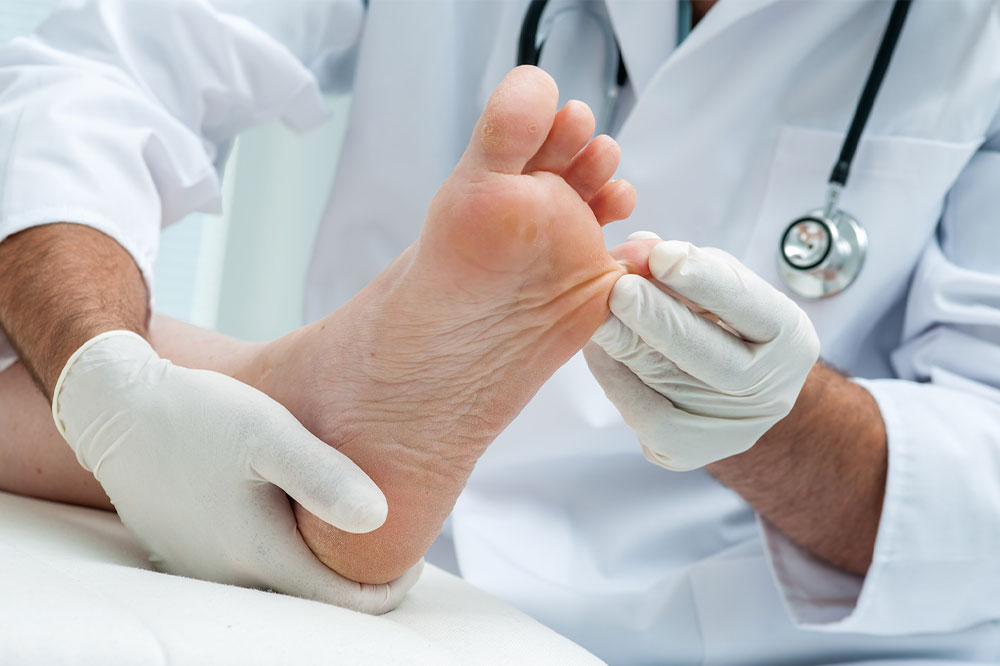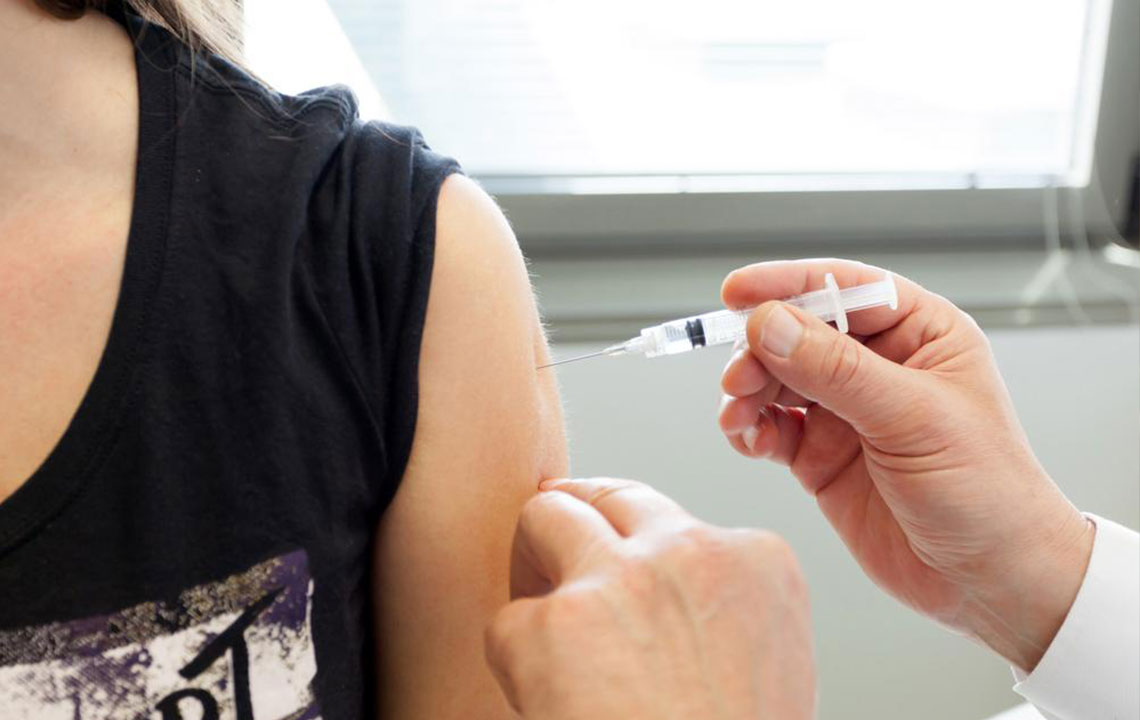Understanding Primary Pulmonary Hypertension: Causes, Symptoms, and Management
Primary pulmonary hypertension (PAH) is a rare but serious condition causing increased blood pressure in lung arteries. This article explores its causes, symptoms, diagnostic methods, and treatment options. Early intervention and lifestyle changes can improve quality of life and prognosis. While there is no cure, managing the disease effectively extends patient lifespan and reduces complications. Recognizing symptoms such as fatigue, dizziness, and breathing difficulties is crucial for timely diagnosis. Medical advancements continue to improve treatment strategies, offering hope to those affected by this challenging condition.
Sponsored

Primary pulmonary hypertension, also called PAH, is a rare condition that affects the blood vessels in your lungs. It causes elevated blood pressure in the pulmonary arteries, making the heart work harder and weakening its muscles over time. While a complete cure is not available, various treatments can help manage symptoms and improve quality of life.
Early Symptoms
In initial stages, symptoms are often subtle or absent. As the disease progresses, signs become more evident, including:
Dizziness
Chest discomfort
Fainting spells
Persistent fatigue
Breathing difficulties
Rapid heartbeat
Heart palpitations
Chest pain
Blue discoloration of lips and skin
Swelling in legs and ankles
Abdominal swelling in advanced cases
Physical activity may worsen breathing problems, even at rest, significantly affecting daily life.
Causes
PAH results from narrowing or damage to lung blood vessels. The exact cause remains largely unknown; however, genetics play a role in some cases. Approximately 15-20% of patients inherit mutations in genes like BMPR2, which can be passed across generations. Other contributing factors include connective tissue disorders, infections like HIV or schistosomiasis, liver disease, congenital heart defects, certain drugs, toxins, and recreational substances. When no clear reason is identified, it is termed idiopathic PAH.
Diagnosis
Physicians typically perform several tests to confirm PAH, including:
Chest X-ray to detect artery enlargement
MRI or CT scans to identify clots
Electrocardiogram for heart rhythm evaluation
Echocardiogram to assess heart structure and pulmonary pressure
These assessments help rule out other causes and verify the presence of PAH.Treatment Options
While no permanent cure exists, treatments aim to reduce complications and extend life:
Medications: Prescribed based on related conditions and may be combined with existing treatments.
Surgical Procedures: For severe cases, options like atrial septostomy or organ transplants (heart or lung) might be considered.
Lifestyle Modifications: Adapting a healthy diet, regular exercise, maintaining optimal weight, and quitting smoking are vital components of managing PAH.
Early detection and ongoing management are crucial for improving prognosis. Consulting a healthcare professional promptly if symptoms appear can significantly impact long-term outcomes.





